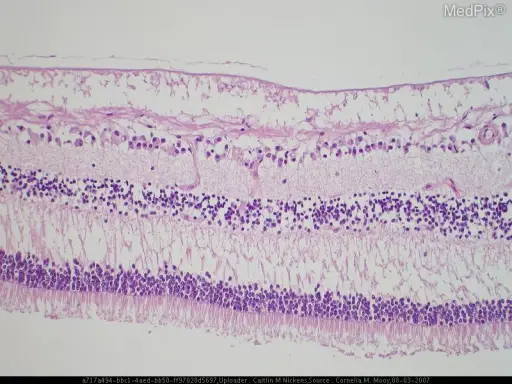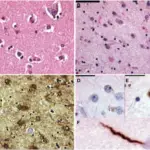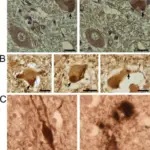Spinocerebellar degenerations are a group of hereditary ataxias that are characterized by degenerative changes in the cerebellum, and sometimes in the spinal cord.
What is the Pathology of Spinocerebellar Degenerations?
Etiology: The cause of Spinocerebellar degenerations may be genetics.
Genes involved: Mutations in many different genes are known to cause the different types of Spinocerebellar degenerations. Some types that are inherited in an autosomal dominant manner are caused by trinucleotide repeat expansions.
Pathogenesis: Several types of spinocerebellar degenerations are characterized by repeat expansion of the trinucleotide sequence CAG.
How does Spinocerebellar Degenerations Present?
Patients with Spinocerebellar degenerations are from 25-80 years of age typically, and have equal male and female predominance. The symptoms, features, and clinical findings associated with Spinocerebellar degenerations include ataxia, abnormal gait, poor coordination, and vision problems.
How is Spinocerebellar Degenerations Diagnosed?
Spinocerebellar degenerations may be diagnosed by history, physical exam, and genetic tests.
How is Spinocerebellar Degenerations Treated?
There is no known cure for Spinocerebellar degenerations.
What is the Prognosis of Spinocerebellar Degenerations?
The prognosis of Spinocerebellar degenerations is poor.



